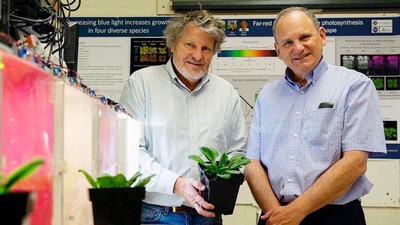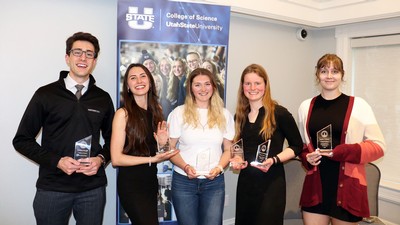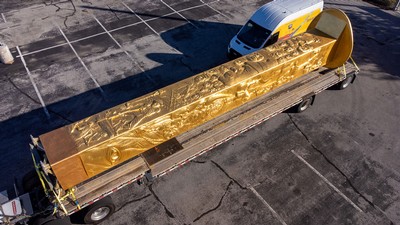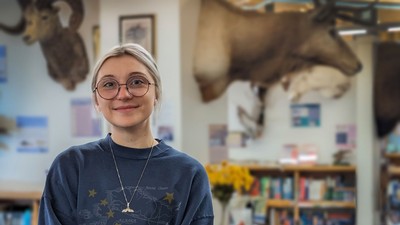Turkey CSI: USU Lab's DNA Analysis Nabs Poacher
A poacher who had previously eluded charges ran ‘afowl’ of wildlife authorities when DNA analysis performed by Utah State University researchers proved he’d snagged illegal wild turkeys.
Last March, Iowa conservation officer Craig Roberg received a tip that Decatur County resident Justin Michael Jones had been illegally hunting wild turkeys. A search of the suspect’s home turned up what appeared to be frozen turkey meat but authorities, as Jones chided the officers, had no way to prove the meat was wild turkey.
Last March, Iowa conservation officer Craig Roberg received a tip that Decatur County resident Justin Michael Jones had been illegally hunting wild turkeys. A search of the suspect’s home turned up what appeared to be frozen turkey meat but authorities, as Jones chided the officers, had no way to prove the meat was wild turkey.
Or did they?
Jones and his brother had beat poaching charges some 14 years earlier. At their 1993 trial, an Iowa Department of Natural Resources biologist testified that it was impossible to identify wild meat without a portion of the bird’s skeleton. But, this time, Officer Roberg discovered through the National Wild Turkey Federation’s Web site that the organization had funded a massive wild turkey DNA database collected by USU wildlife geneticist Karen Mock. The research was also funded by the USU-led Berryman Institute.
Roberg contacted Mock, who agreed to help with the investigation – but she needed help. Mock required DNA samples from known wild turkeys in the same geographic region as the suspected poached birds.
“If you’re showing a particular bird came from a particular population, you have to figure out the probability that this genotype came from your target population rather than from some other population,” says Mock, assistant professor in USU’s Department of Wildland Resources.
With help from Iowa conservation officers and state DNR personnel 78 samples were collected and shipped to USU’s lab. Mock and her team went to work and discovered that the samples seized from the suspect’s freezer showed a high probability of coming from the Iowa wild turkey population.
In October, Jones entered a guilty plea in court and was ordered to pay fines and court costs plus $1,000 toward the cost of USU’s efforts.
“The deciding factor behind the guilty plea was the successful DNA analysis and identification of wild turkey tissue samples by Dr. Mock and her team at the Utah State University Wildland Resources Laboratory,” Roberg says. “The Iowa Department of Natural Resources is indebted to Dr. Mock and USU for the excellent work done in this case, and to the NWTF for funding the research necessary to make DNA identification of wild turkey possible.”
The case will become a benchmark for future cases, he says, not only in Iowa, but throughout the United States.
“It’s nice to see a direct application for the work we’re doing,” Mock says. “It’s nice to give something back that’s so tangible to turkey hunters and game wardens.”
Related Links
“Utah State University Helps Solve Iowa Turkey Crime,” KSL-TV News, Nov. 23, 2007
Contact: Karen Mock, 435-797-7870
Writer: Mary-Ann Muffoletto, 435-797-1429
DNA analysis performed by researcher Karen Mock and her staff in USU's Wildland Resources Genetics Lab solved a benchmark wildlife poaching case.
Comments and questions regarding this article may be directed to the contact person listed on this page.






